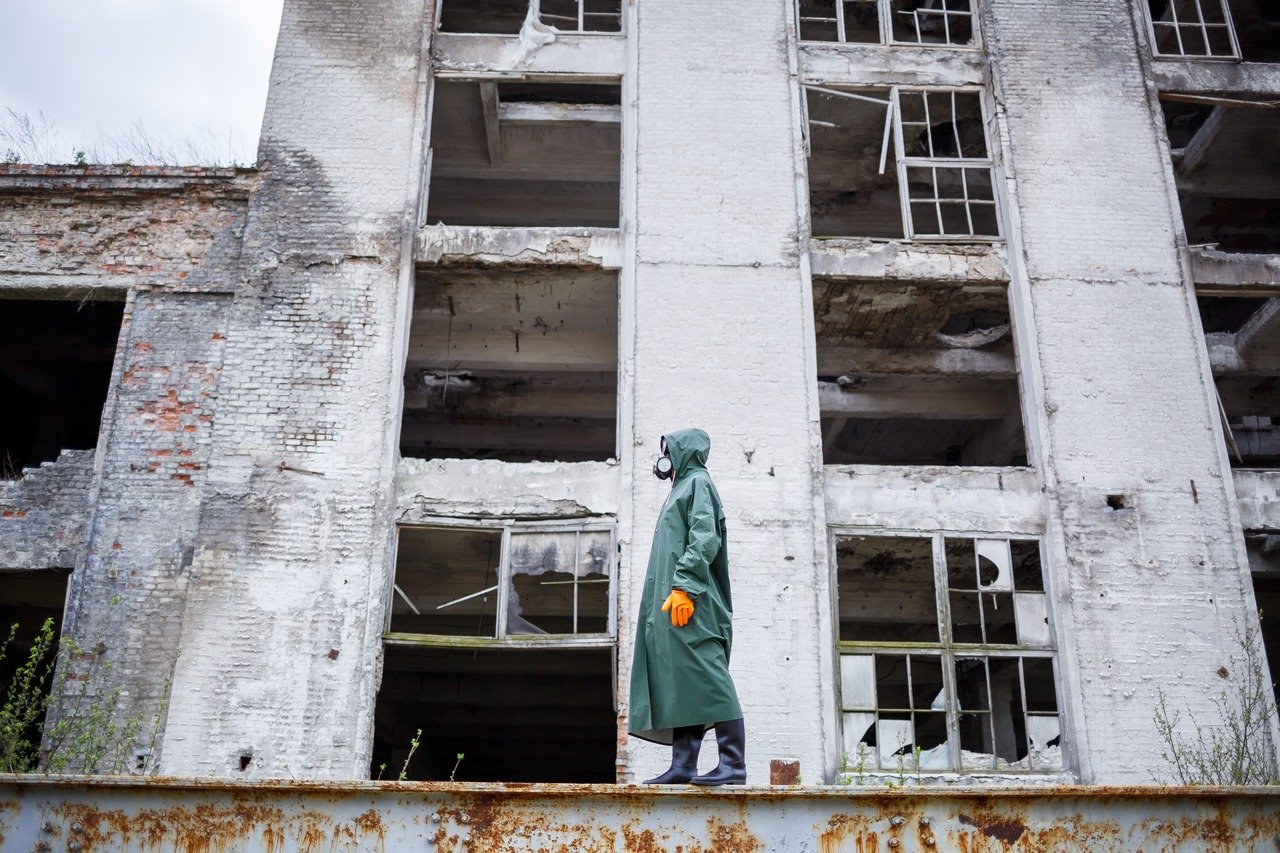Despite the Kremlin’s claims, Russian forces were likely indeed responsible for the Chernobyl strike.
The former nuclear power plant at Chernobyl was reportedly struck by a Russian drone over the weekend, according to Ukrainian president Volodymyr Zelenskyy. A drone armed with a warhead penetrated the nuclear plant and briefly started a fire. While the Kremlin vehemently denies that it launched such an attack, the photographs released of the incident depict a Geran-2 UAV, which is the Russian name for the Iranian-designed Shahed-136. Since the Islamic Republic has been sustaining Moscow’s lethal drone supply since the start of the Ukraine invasion three years ago, the presence of a Shahed at the site of the Chernobyl strike strongly suggests Moscow’s participation.
What we know about the strike on Chernobyl
When the Chernobyl disaster occurred in 1986, radioactive material was released into the air. Some sources report thousands or even hundreds of thousands of cancers and cancer-related deaths stemming from this horrible accident. Although the nuclear plant has been shuttered since this time, the recent strike is a dark reminder of the devastating toll such radiation could inflict. The International Atomic Energy Agency has recently confirmed that radiation levels inside and outside Chernobyl are stable, however, the potential for substances leaking now exists according to the plant’s chief engineer, who added, “According to initial assessments, the damage to the shelter is significant. The barrier which was supposed to prevent the spread of radioactive substances has ceased to function according to its original design.” Zelenskyy published images of the incident on X, which appeared to display damage to the large concrete shield that covers the remains of the reactor.
Introducing the Shahed-136
Moscow’s use of the Iranian-designed Shahed-136 drone has been well-documented since the start of the Ukraine invasion. For three years, the lethal unmanned aerial vehicle (UAV) has played a significant role in Russia’s offensive strategy. Specifically, the Iranian-made aerial weapon has extended Russia’s long-range strike capability in the conflict. The Shahed-136 allegedly possesses a range of at least a couple thousand kilometers. This deadly weapon is considered a loitering drone. Also referred to as suicide or kamikaze UAVs, these types of UAVs are able to remain airborne and loiter prior to striking an intended target. The Chinese-produced MD550 engine powers the UAV, providing a maximum speed of 185km per hour. According to some analysts, this engine is largely a reverse-engineered version of a German design. In terms of lethality, the Shahed-136 drones can carry warheads weighing between 55 and 110 pounds—typically a combination of high explosives and fragmentation components.
While the Shahed drones may be on the slower side, they are often deployed in swarms to inflict greater damage. Since the war began, Ukrainian troops have witnessed many of these UAVs being used in pairs, making it more difficult for troops to protect the target. As detailed by Newsweek, anti-air units responsible for defending Ukrainian cities have been barraged with dozens simultaneously on occasion. Clearly, Moscow is well-versed in deploying this lethal Iranian-designed UAV system. Despite the Kremlin’s claims, Russian forces were likely indeed responsible for the Chernobyl strike.
About the Author: Maya Carlin
Maya Carlin, National Security Writer with The National Interest, is an analyst with the Center for Security Policy and a former Anna Sobol Levy Fellow at IDC Herzliya in Israel. She has by-lines in many publications, including The National Interest, Jerusalem Post, and Times of Israel. You can follow her on Twitter: @MayaCarlin. Carlin has over 1,000 articles published over the last several years on various defense issues.
Image: Shutterstock.
